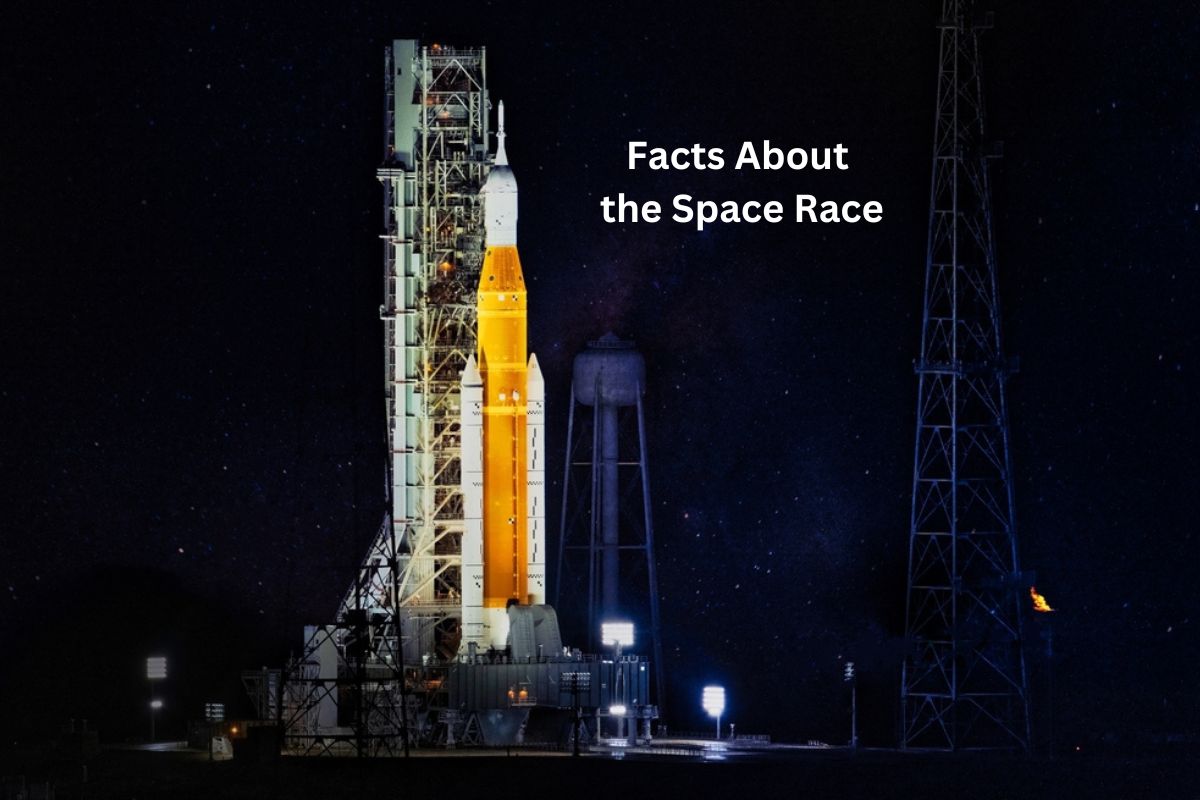The Space Race was a pivotal and intense competition between the United States and the Soviet Union during the Cold War era.
Spanning from the late 1950s to the early 1970s, it was characterized by a series of historic milestones and technological achievements in space exploration.
This rivalry not only led to groundbreaking discoveries but also shaped the trajectory of modern space exploration and had a profound impact on international relations and scientific progress.
In this exploration, we will delve into some key facts about the Space Race, shedding light on its historical context and its enduring legacy in the field of space exploration.
Space Race Facts
1. Occurred during the Cold War
The Space Race unfolded against the backdrop of the Cold War, a period of intense geopolitical rivalry and ideological tension between the United States (along with its NATO allies) and the Soviet Union (and its Eastern Bloc allies). This era lasted from the late 1940s to the early 1990s.
The competition in space exploration served as an extension of the broader Cold War struggle for global influence. Both superpowers saw space achievements as a way to showcase their scientific, technological, and military prowess.
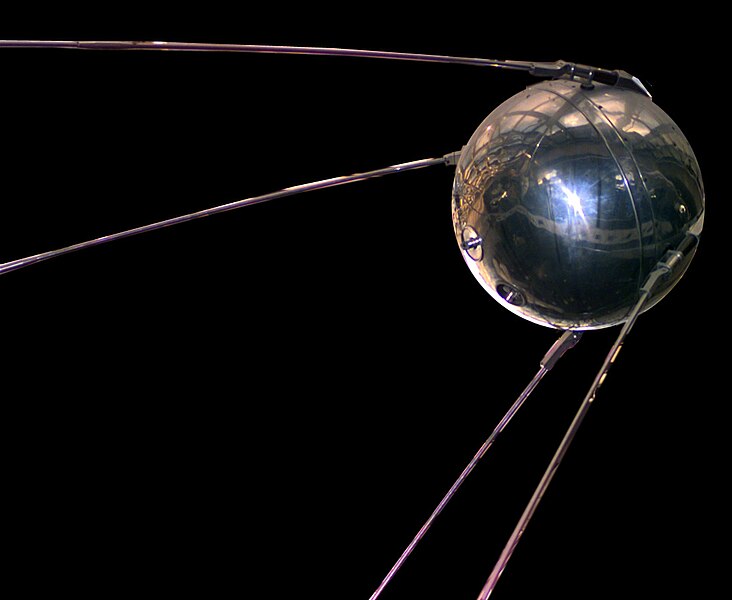
2. Started with the launch of Sputnik 1 in 1957
On October 4, 1957, the Soviet Union made history by launching Sputnik 1, the world’s first artificial satellite. Sputnik means “satellite” or “companion” in Russian.
Sputnik 1 was a small, spherical satellite equipped with radio transmitters. Its successful launch into orbit marked a significant milestone in human history and demonstrated the Soviet Union’s lead in space technology.
Also Read: Space Race Timeline
The event triggered widespread concern in the United States, as it raised questions about national security and technological competitiveness. The fear of Soviet dominance in space was a key catalyst for the American space program.
3. Yuri Gagarin was the first human in space in 1961
On April 12, 1961, Soviet cosmonaut Yuri Gagarin made a historic spaceflight aboard the Vostok 1 spacecraft. Gagarin’s mission marked the first time a human had traveled into space and orbited the Earth.
Gagarin’s spacecraft completed one orbit around the Earth, and his flight lasted approximately 108 minutes. He became an instant international celebrity and a symbol of Soviet space achievements.
Gagarin’s successful mission solidified the Soviet Union’s position as a leader in space exploration and was a major propaganda victory during the Cold War. His achievement also fueled the United States’ determination to catch up and eventually surpass the Soviet space program.
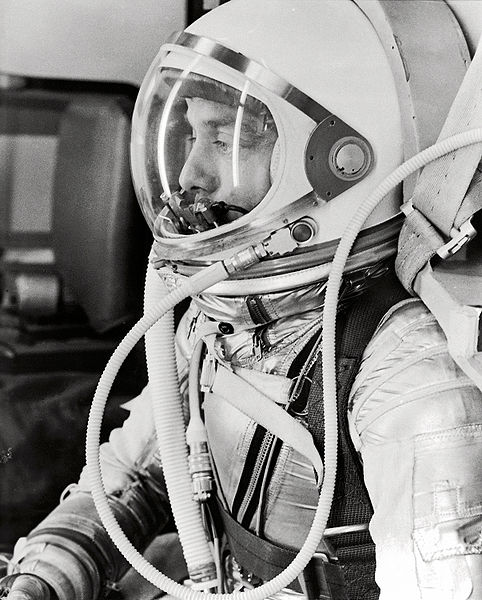
4. Alan Shepard was the first American in space in 1961
Alan Shepard became the first American in space on May 5, 1961, aboard the Freedom 7 spacecraft.
This suborbital mission, part of NASA’s Mercury program, marked a significant achievement in the Space Race and boosted American confidence in space exploration.
5. The goal of landing a man on the Moon was set in 1961
On May 25, 1961, President John F. Kennedy delivered a historic speech before a joint session of the United States Congress in which he set an ambitious goal for the nation: to land a man on the Moon and return him safely to Earth before the end of the decade.
This speech marked a pivotal moment in the Space Race, as it committed the United States to a bold and challenging mission that would require enormous technological and financial investments.
The goal to reach the Moon became known as the Apollo program, named after the Greek god of light and knowledge. It included a series of missions, with Apollo 11 eventually achieving this goal in 1969.
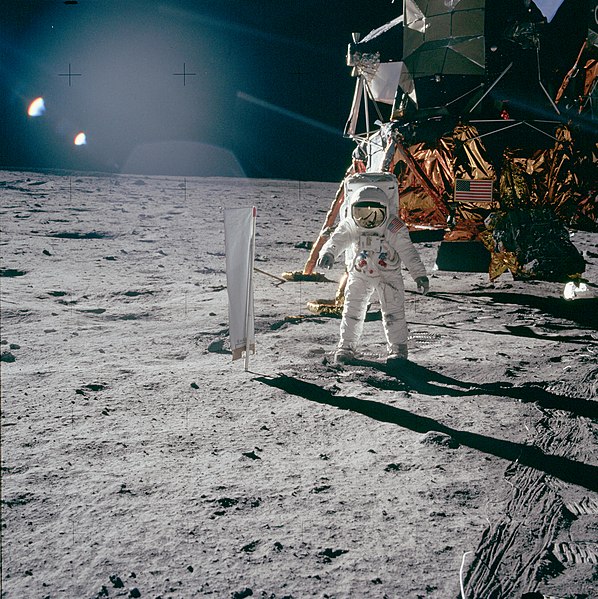
6. Apollo 11 landed on the Moon in 1969
The Apollo 11 mission, launched on July 16, 1969, was a historic milestone in human space exploration. It was commanded by Neil Armstrong, with Buzz Aldrin as the lunar module pilot and Michael Collins as the command module pilot.
On July 20, 1969, Neil Armstrong and Buzz Aldrin descended to the lunar surface in the lunar module named “Eagle” while Michael Collins orbited the Moon in the command module “Columbia.”
Neil Armstrong became the first human to step onto the Moon’s surface, followed by Buzz Aldrin, while Michael Collins orbited above. Armstrong’s famous words as he stepped onto the lunar surface were, “That’s one small step for [a] man, one giant leap for mankind.”
7. Led to significant technological advancements
The Space Race spurred significant advancements in spacecraft technology. Both the United States and the Soviet Union developed increasingly sophisticated spacecraft to support their missions.
Notable developments included the Apollo Command/Service Module used by NASA, the Soyuz spacecraft used by the Soviet Union (and later Russia), and various lunar landers and space probes designed for specific missions.
Advances in spacecraft technology, such as guidance systems, life support, and communication systems, played a crucial role in the success of missions throughout the Space Race.
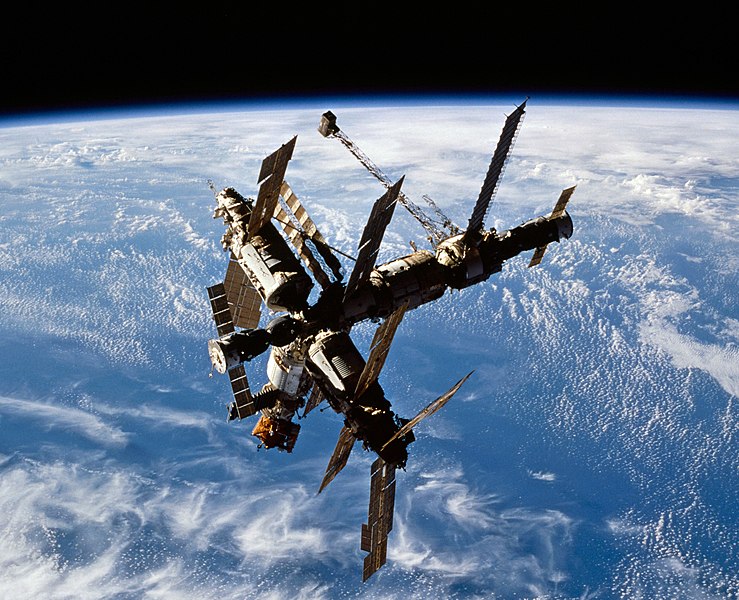
8. Both the United States and the Soviet Union had space stations
The Soviet Union launched the world’s first space station, Salyut 1, in 1971. It was followed by a series of Salyut and Almaz space stations.
The United States launched Skylab in 1973, which served as a space station for scientific research and experiments.
The experience gained from these early space stations laid the groundwork for the construction and operation of the International Space Station (ISS), which has been continuously inhabited since the early 2000s and represents a symbol of international cooperation in space.
9. Ended with the Apollo-Soyuz Test Project in 1975
The Space Race officially concluded with a symbol of cooperation rather than competition. In 1975, the United States and the Soviet Union conducted the Apollo-Soyuz Test Project (ASTP).
The ASTP was a joint mission where an American Apollo spacecraft docked with a Soviet Soyuz spacecraft in orbit. This event marked the first time that spacecraft from different nations had docked together in space.
The Apollo-Soyuz Test Project was seen as a significant step toward easing Cold War tensions and fostering cooperation between the two superpowers in space exploration.
10. Left a lasting legacy on space exploration and cooperation
The Space Race had a profound and enduring legacy on space exploration. It pushed the boundaries of human achievement, inspiring generations of scientists, engineers, and space enthusiasts.
The technological advancements made during the Space Race had far-reaching effects, contributing to the development of satellite communication, GPS technology, and other innovations that have transformed our daily lives.
It also established a foundation for international collaboration in space exploration, as demonstrated by the ISS, which involves multiple countries working together for scientific research and peaceful purposes in space.
The Space Race remains a symbol of human determination and the ability to achieve seemingly impossible goals when driven by a common purpose.
